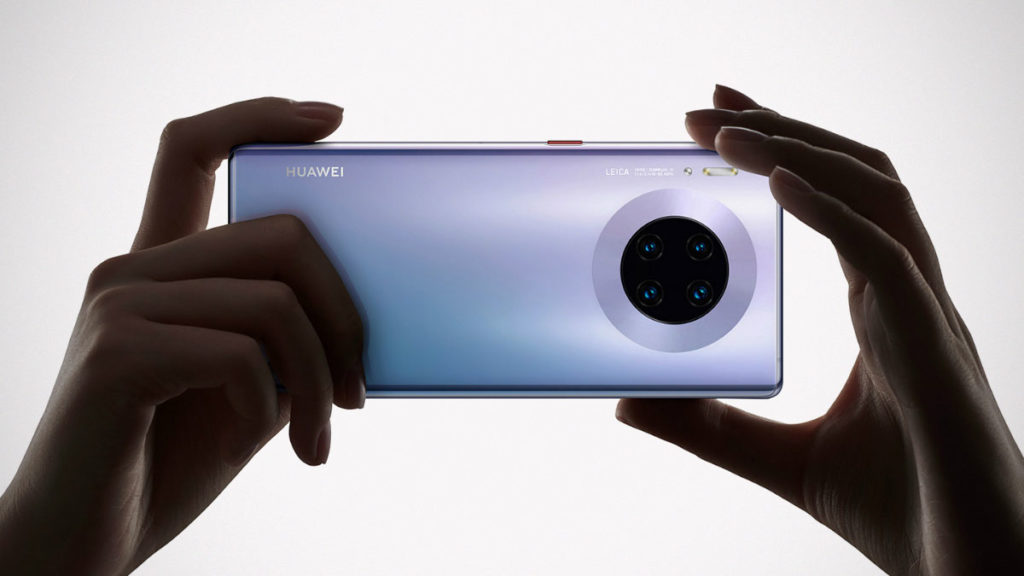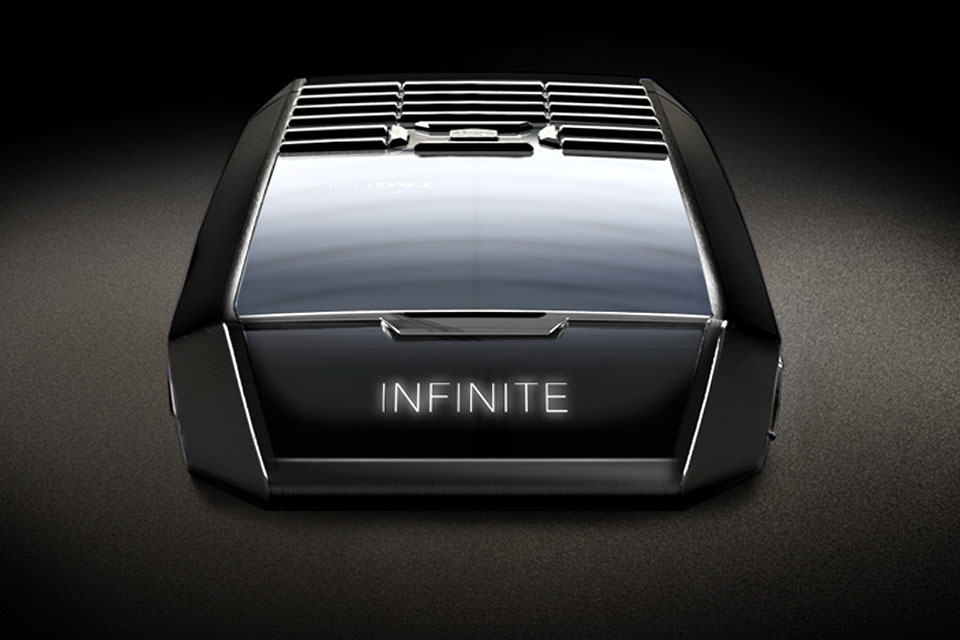We already knew what to expect of the Huawei Mate 30. We knew it is not getting Google services, but it is still able to leverage on Android OS, thanks to its open source nature (the new Mate 30 series will run EMUI 10 UI on Android 10 out-of-the-box). We knew it will run on the new Kirin 990 (and Kirin 990 with integrated 5G chip). But what I was surprised was, Huawei chose to stick to its gun when it comes to pricing.

The lack of Google services severely limits its reach in the market. Even Arun himself pointed out that if there’s no Google Services, he is unlikely use it. Though I can see it will remain as a shiny new flagship sought after by many in China which Google services is already not available. Anywho, normally I will leave the pricing to the end of the post, but man, the pricing blew me off completely (in a not-so-good way, that is).
The 8 GB/ 128 GB Huawei Mate 30 will sells for €799 (about US$883, same price as last year’s Mate 20) and the Huawei Mate 30 Pro will retail for €1,099 (about US$1,214) which is 50 euro over its predecessor, but to be fair, that is a price for 2 GB more RAM and double the storage. There’s no follow up to the Mate X which has recently received a 5G version, but it does introduced a 5G version of the Pro model.

The Pro 5G model will run you back at €1,199 (around US$1,325. Finally, there’s of course, the luxe version, the Huawei Mate 30 RS that commands the same cool €2,095 (approximately US$2,314) as last year’s model, but now with 4 more Gigabyte of RAM, at 12 GB.
Huawei Mate 30 Series is handicapped, so-to-speak, because of the lack of Google services and TBH, I would think slashing the pricing by 10-20 percent would help to persuade people to get onboard despite the lack a suite that so many people outside of China relies on day-to-day.

Huawei CEO of Consumer Business Group, Richard Yu, deliberately shy away from bad news of how the new Mate 30 Series will not have Google Services. Instead, he went ahead to talk a little on the Huawei Mobile Services (HMS) in an effort to persuade developers to join the HMS ecosystem.
Key highlights of the new Huawei Mate 30 Series are as follows:
• Huawei’s version of waterfall display called “Horizon Display” with “leading” 88-degreed curved design (Pro)
• Anti blue light that claims to emit 25% less harmful light
• 6.53” Flex OLED display (Mate 30 Pro), metal frame, glass front and back, IP68 rated
• 6.62” Rigid OLED Mate 30, 2.5D glass (Mate 30), IP53 rated
• Smaller notch (by height) that packs gesture sensor, 3D depth camera, 32 MP selfie camera and Ambient Light and Proximity sensor (Pro model)
• Side-Touch: virtual touch key replaces physical volume rocker (only on Pro model)
• 4,200 mAh battery (Mate 30), 4,500 mAh battery (Mate 30 Pro and Mate 30 RS)
• Huawei Acoustic Display Technology
• Packs 21 antennas of which 14 are dedicated to 5G signals
• Covers 8 5G bands (n79 / n78 / n77 / n41 / n38 / n28 / n3 / n1)
• Graphene film cooling technology
• 40 W SuperCharge (wired) 27 W SuperCharge (wireless)
• New generation reverse wireless charge charges 3x faster
• Cameras:
⁃ Mate 30: SuperSensing Camera Array (16 MP ultra-wide + 40 MP SuperSensing wide (RYYB sensor) + 8 MP telephoto, OIS), Laser focus, dual OIS + AIS image stabilization, ISO 204800, Ultra-Wide 3x optical zoom + 30x digital zoom, 2.5 cm macro photography
⁃ Mate 30 Pro: SuperSensing Cine Camera (40 MP ultra-wide cine (RGGB CFA) + 40 MP SuperSensing wide (RGGB CFA), OIS + 8 Mp telephoto, OIS + 3D depth sensing), ISO 409600, Ultra-Wide 3x optical zoom + 30x digital zoom, pro-bokeh, dual OIS + AIS image stabilization, 4K 60 fps videoing, 4K HDR+ time-lapse, ISO 51200 video ultra low-light sensitivity, 7,680 fps ultra slow-motion, real-time bokeh video, dual OIS + AIS for stable recording
• Automatic work with DJI OSMO Mobile 3 without addition software
• New always-on display and smart gesture control (swipe to scroll and grab to screen capture)
• AI auto-rotate: screen rotates based on the direction of your eyes
• Compatible with Huawei M-Pen with 4,096 levels of pressure
• Numeric unlock, face unlock, voice unlock, in-display fingerprint sensor
• Biometric Data Protected by TEE based on micro Kernel OS
• Promised privacy protection against app tracking (anonymization by IMEI isolation)
• Phone-to-Cloud end-to-end encryption
• Also introduces Porsche Design Huawei Mate 30 RS (but you already knew that, don’t you?)
• New Emerald Green with dual texture finish (bottom: finger resistant matte finish, top: glossy)
• Also introduced new vegan leather edition of Mate 30 Pro
Other general details you may be interested includes dual-band WiFi 802.11a/b/g/n/ac, Bluetooth 5.1 technology, USB Type-C (USB 3.1 Gen 1), NFC, and location tracking via GPS (L1+L5 dual band) / A-GPS / GLONASS / BeiDou / Galileo (E1+E5a dual band) / QZSS (L+L5 dual band).
The new Huawei Mate 30 has 8 GB RAM and 128 GB ROM, expandable up to 256 GB via SD card. The Huawei Mate 30 Pro also gets 8 GB RAM but with 256 ROM that can be further expanded up to 256 GB via SD card while the Porsche Design Huawei Mate 30 RS packs 12 GB RAM and 512 ROM with SD card support for expanding the storage to up to 256 GB. You can learn more about the new Mate 30 HERE.
Images: Huawei.





